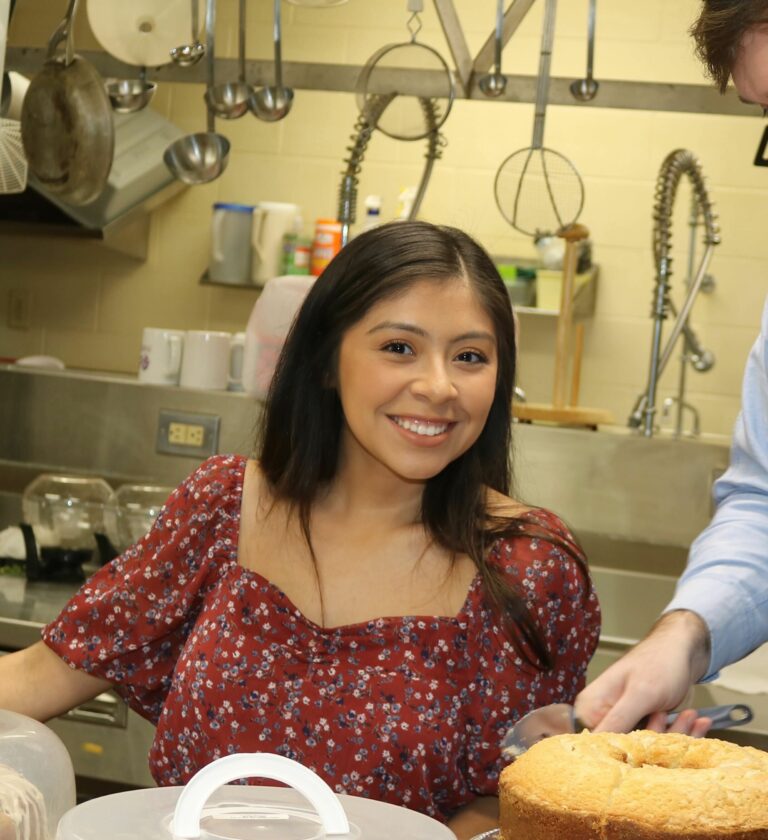By Esperanza Peral, an intern with Down Home North Carolina
What is compassionate curiosity?
In a time of division, we rarely find ourselves in an honest conversation with someone we disagree with.
Deep, difficult conversations are avoided as we are often told not to bring up politics, religion, or other personal topics. And as we follow these societal trends, we become even more unaware of the issues plaguing our coworkers, neighbors, and loved ones.
Compassionate curiosity, coined initially by People’s Action, works to break away from those trends. The approach encourages us to not only enter into potentially serious conversations prepared to share our own stories but to be eager to listen to someone else’s.
Compassionate curiosity calls on us to listen and be interested in one another without judgment.

Why does compassionate curiosity matter?
There are constant reminders of all that separates us from one another. Still, we believe stories can unite people. Emotions and experiences shape one’s ideals. If we open dialogue to surface these stories and experiences, we move closer to understanding one another beyond our differences. We can do that by being compassionately curious about one another.
Here at Down Home, we believe organizing doesn’t work without compassionate curiosity. Research shows that allowing voters to share their own stories can be more persuasive than facts and statistics. Beyond that, we believe humanizing these conversations is crucial to building working-class power. When we connect over needs and fears, we work more efficiently together.

How do I use compassionate curiosity?
A helpful tool in navigating difficult conversations in this way is the cone of curiosity. The cone of curiosity helps walk through the steps of moving deep into a person’s story to help reach that emotional connection. It starts by initially just listening for that opening into a story and then asking for more information. In doing so, you are allowing that person the space to feel their story and the impact it had. Subsequent questions such as who, where, when, what, and how can show active listening and connect the person back to that moment. Asking how it felt to live through that experience allows them to name the emotion and sit in it again. It also calls on us not to automatically assume how that experience must’ve been for them. Lastly, you hope to get to the why of someone’s story. The WHY of one’s story connects the emotion behind the conflict. It allows people to examine the very core of their beliefs.
Build skills while volunteering on our deep canvass team!
Ready to learn more?
We will support you all the way!
Sign up to volunteer!


